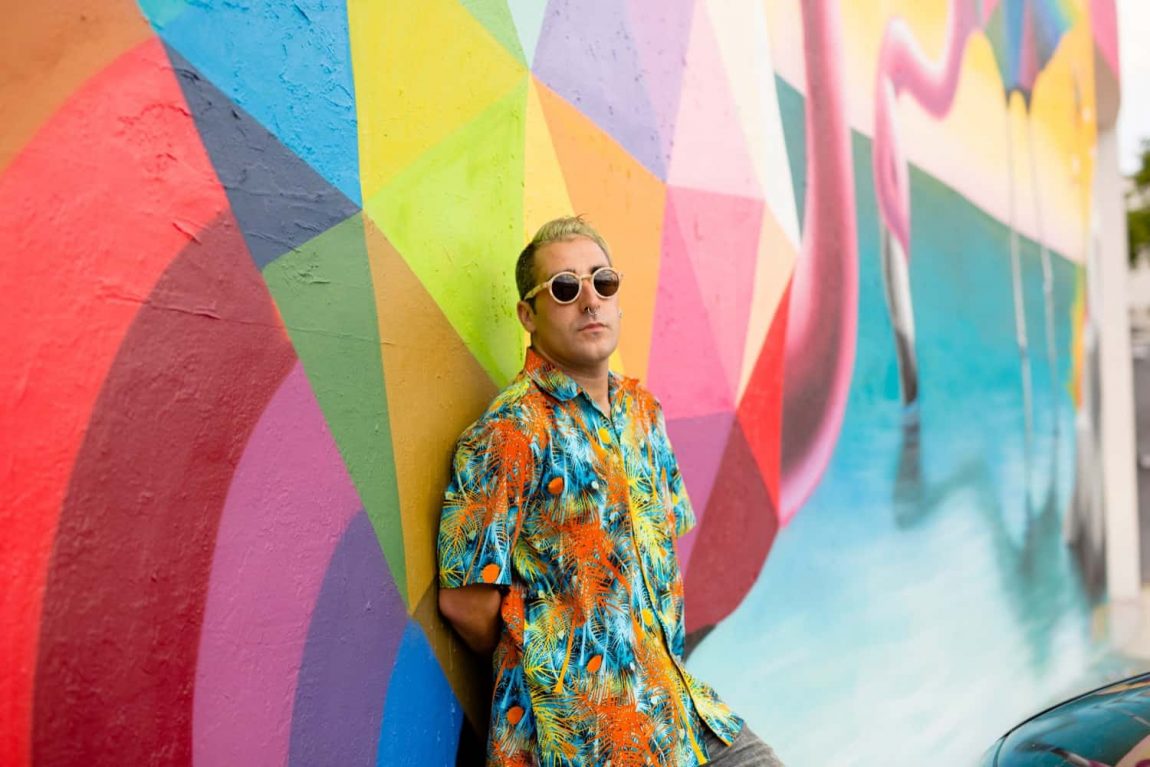Hailing from Santander, born on the 19th day of November in 1980, Okuda has called Madrid home since the dawn of the new millennium. He is a proud alumnus of the Universidad Complutense de Madrid, holding a degree in Fine Arts. His artistic journey, which kicked off in 1997, began with creating standout pieces in the deserted factories of his birth city. In addition to his street art, Okuda started nurturing his creative impulses in the confines of his personal studio, a practice which he began around 2009, signifying a turning point towards a more introspective artistic journey.
The distinctive characteristics of Okuda's work lie in the union of geometric structures and vibrant multicolor patterns with more organic forms and neutral-toned bodies. This fusion of elements crafts a unique artistic style that could be best described as a blend of Pop Surrealism with a distinct flavor of street art.
His creations often surface existential paradoxes, tackling deep-seated themes like the vast universe, infinity, the purpose of existence, and the illusion of freedom propagated by capitalism. They draw attention to the striking conflict between the modern world and our ancestral roots, summarizing the perpetual struggle between humans and their inherent nature.
From my current knowledge database, which is up to date only until September 2021, Okuda is renowned worldwide for his unique geometric structures and multicolored styles. His work is predominantly in the form of large scale murals and installations and has been exhibited in the streets, galleries, and museums globally. His most recognized work is perhaps the transformation of an abandoned Spanish church into a skate park known as Kaos Temple, where he covered the interior in bright, rainbow-colored murals. This project epitomizes Okuda's style, showcasing vibrant, prismatic patterns along with gray human forms and organic shapes. It is a remarkable example of his ability to integrate art into public spaces, repurposing them into vibrant canvases of expression.





